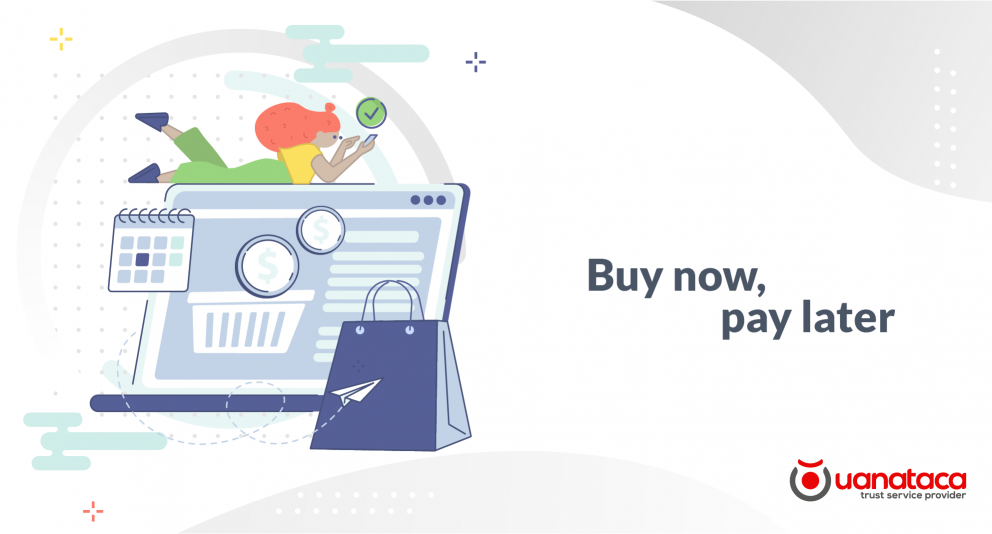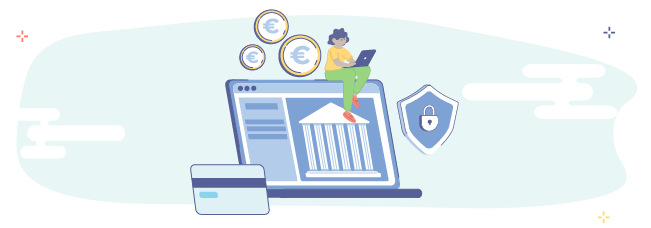
At the height of the 'Buy now, pay later' installment financing model, banks are adapting their payment processes to offer solutions similar to those offered by Fintechs with the promise of offering greater security and maximum guarantees for the consumer.
Be sure to read this post to find out what is the banks' proposal to instant financing and what is its added value.
How does "Buy Now Pay Later" (BNPL) work?
The "Buy Now Pay Later" model, also known as BNPL, is a payment system that allows purchases to be deferred without any financial charges and without the need for creditworthiness approval from a financial institution. At the time of payment, buyers only have to split the amount into several payments.
This BNPL model has a dual benefit, facilitating the purchase for the customer and increasing conversion rates on the seller's side. Its convenience makes it often used, especially among younger buyers. The Buy Now and Pay Later market has grown at a compound annual growth rate of 93% since 2016, with a revenue estimate valued at $680 million globally with a potential to reach $1.1 billion by 2025.
Why is BNPL emerging?
New forms of instant financing are growing strongly. To a large extent, this increase in demand is due to the growth of online consumption and the changing perceptions of the new generations regarding indebtedness.
The global health crisis has been accompanied by an increase in online shopping. Even online grocery shopping, a product category that was not frequently purchased over the Internet, has increased.
This widespread change in consumer habits has meant that online retailers have had to adapt in order to integrate one of the advantages that has always accompanied traditional in-store shopping: payment in installments.
The current COVID-19 pandemic, the evolution of the labor market together with events as important as the 2012 crisis have marked a generation of young people who do not want to get into debt.
In this new context, the "Buy now, pay later" model is the answer to the needs of a consumer who wants to finance his purchases on the spot. However, as we will explain below, it also has its risks.
Banks adapt their payment processes and join BNPL
Around the world, more and more banks are launching consumer finance platforms based on BNPL. This foray into instant finance will enable them to benefit from the rise of e-commerce, especially among young people.
The banks' approach is based on adapting their payment and financing methods to offer their customers BNPL-like options. Although each banking company is designing and launching different proposals, there are three standard types:
- Developing their own payment tools, such as deferred payment with their cards.
- Own developments through Open Banking solutions. This means that banks would integrate their banking services into third-party platforms via APIs.
- Solutions in collaboration with third parties, such as those promoted by some banks so that e-commerce buyers can defer payments for their purchases on these platforms.

The BNPL model is nothing new; in fact, it is the Fintechs specialized in this form of payment that are the real drivers of this service. So, what is different about the banks' proposal? The answer lies in the reduction of risks and the improvement of the customer experience.
Increased regulation and improved customer experience
As we have already mentioned, there are risks associated with instant financing, for example, its conditions, which can be confusing for the user.
In addition, the existence of numerous platforms can lead users to lose control of their finances and become over-indebted. In fact, in view of the increase in these cases, regulators in Australia and the United Kingdom are planning to develop regulations to protect users.
The aim of the banks is to make BNPL subject to greater regulation. Otherwise, they have the potential to promote spiraling levels of debt that could eventually follow a credit bubble.
Increased regulation should not be at odds with the immediacy and simplicity of instant financing. In this respect, banks guarantee their customers a better shopping experience, more flexibility, control and transparency, and optimal risk management.
How can trusted services enhance the experience and offer maximum guarantees?
Immediacy and maximum user protection will be key aspects in the consolidation of instant online financing. They will also be key to the overall development of the financial sector, where its competitive capacity will depend on its degree of digitalization and its ability to adapt.
Under this new approach, trust services become an added value. meeting customer expectations on a more digital and secure proposal.
In order to respond to the needs of the financial industry and face the regulatory compliance to which it is subject, Uanataca provides trust services -Electronic Signature, Digital Certificates, Time Stamping, among others- in accordance with the European eIDASRegulation, complying with all the necessary requirements to guarantee its legality and evidentiary effectiveness.

In conclusion, if used correctly, BNPL can be very valuable. Aware of its full potential, banks are already adopting models similar to those of Fintechs but with higher levels of protection, encouraging more responsible financing.
Industry professionals agree that the banking of the future will be digital and that services such as financial services will be tailored to the customer, who will mostly be digital. Bank offices will have a different role to the current one and financial platforms will prevail, which will not develop their own services, but rather will market products created by start-ups.
In this new digital scenario, trust services favor both customers, who enjoy a service aligned with their needs, and the institutions themselves, which get a digital, relevant and differential offer.